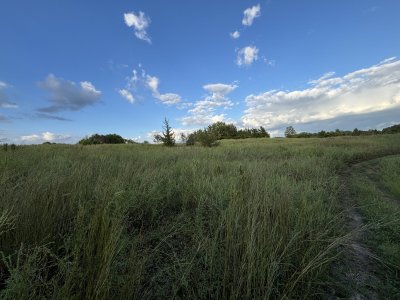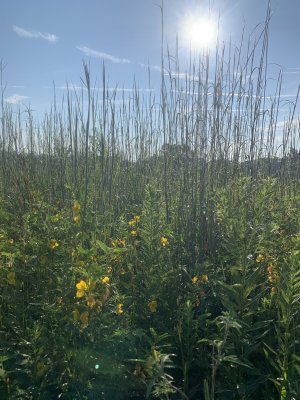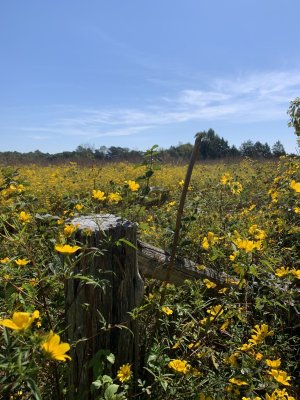omicron1792
5 year old buck +
I have planted about 10 acres of NWSG and forbs. Mix of big and little bluestem. Indian grass. And switchgrass. As well as many forbs and flowers. Those areas are doing great.
I have probably 20 more acres of areas I have sprayed with herbicides to promote NWSG and forbs. Those areas have come back as monoculture of broomsedge with some forbs. Areas I burn also come back mainly broomsedge.
I am planting forbs in those areas with some light discing.
Now the question. Should I also throw some other native grasses in there also? What are the benefits of having multiple NWSG instead of just one? Truthfully the broomsedge looks awesome.
I have probably 20 more acres of areas I have sprayed with herbicides to promote NWSG and forbs. Those areas have come back as monoculture of broomsedge with some forbs. Areas I burn also come back mainly broomsedge.
I am planting forbs in those areas with some light discing.
Now the question. Should I also throw some other native grasses in there also? What are the benefits of having multiple NWSG instead of just one? Truthfully the broomsedge looks awesome.



